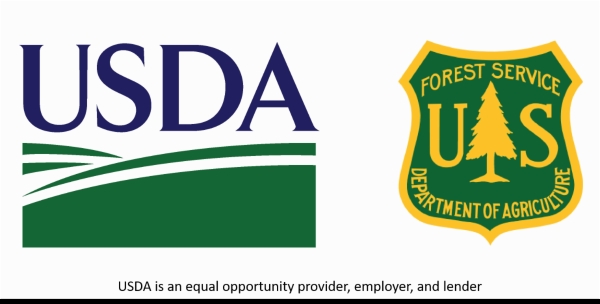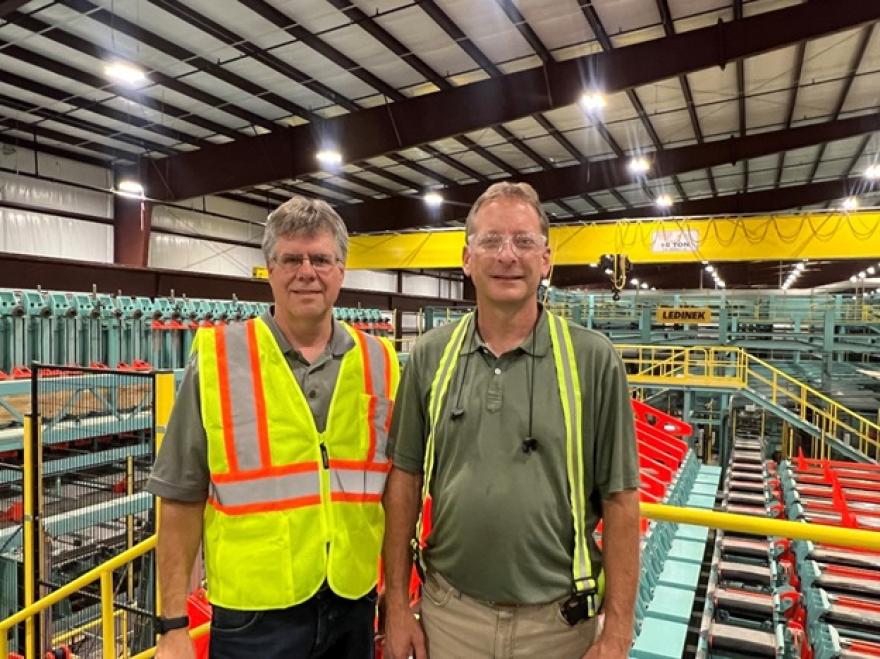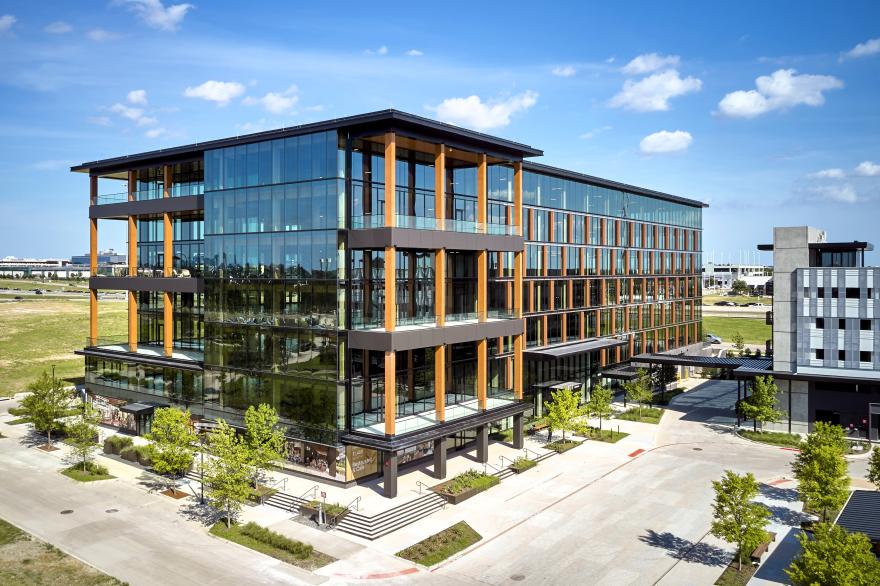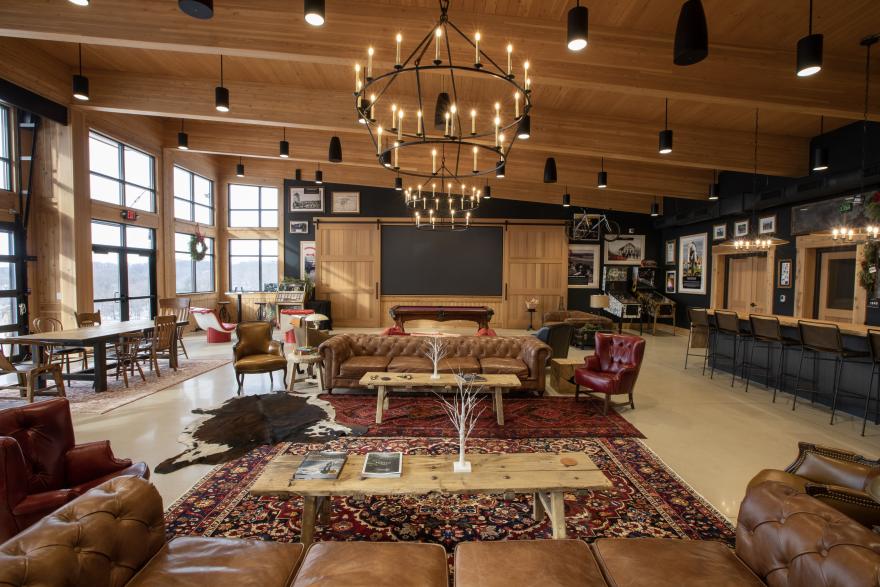USDA: Scaling Up Mass Timber; Closing Gaps, Fueling Innovation

Forest Service investment helps expand U.S. supply of engineered wood products
Mass timber is transforming how America builds—but supply hasn’t kept pace with demand. A gap in domestic manufacturing has slowed widespread adoption, leaving many developers with few options beyond overseas suppliers or traditional steel and concrete.
Through strategic support from the USDA Forest Service Wood Innovations Program, the Forest Service is helping close that gap—boosting U.S. capacity, strengthening rural economies and growing new markets for American wood.
One partner answering the call is SmartLam North America.

Meeting the need for U.S.-made mass timber
Mass timber products like cross-laminated timber (CLT) and glued laminated timber (glulam) offer a carbon-storing, renewable alternative to conventional building materials. But even as the benefits are clear—strength, fire resistance, design flexibility—developers have faced supply constraints. Limited domestic production has slowed construction timelines, raised costs and stifled innovation.
The Forest Service recognized this challenge early and prioritized investment in solutions. By supporting manufacturers who source sustainable wood, reduce waste and create jobs in rural communities, the agency is building a more resilient and accessible market for mass timber.
“Mass timber and CLT have been priorities for creating new markets for wood products. Since 2015, the U.S. has 13 new mass timber plants that are capitalizing on commercial, institutional and multifamily building markets,” said Brian Brashaw, Wood Innovations Assistant Director, USDA Forest Service.

Strengthening capacity through innovation
SmartLam North America, a leader in engineered wood products, is one example of how targeted funding can accelerate progress. Since 2015, the company has received multiple Forest Service grants that helped modernize and expand operations in Columbia Falls, Montana, and Dothan, Alabama.
Recent Forest Service awards include:
- $250,000 Wood Innovations Grant to expand operations in Columbia Falls.
- $1 million Wood Products Infrastructure Assistance Grant to purchase and install a CNC (computer numerical control) machine, streamlining precision processing of CLT and glulam and eliminating key bottlenecks.
- $1 million Community Wood Grant to support advanced, separate production lines for CLT and glulam in Dothan—enabling higher efficiency and broader product offerings.
“Developers and others are realizing that constructing with mass timber is an efficient and effective investment, one that benefits the development and growth of local economies and the goal of sustaining America’s renewable forest resources,” Derek Ratchford, SmartLam CEO, said.

Delivering public and economic benefits
These grants are more than business investments—they’re public investments in healthy forests, job creation and rural revitalization. SmartLam sources wood from sustainably managed forests in the Pacific Northwest and Southeast and operates zero-waste facilities that convert byproducts into biomass energy.
In Columbia Falls and Dothan, the result has been economic momentum. “We currently employ 223 employees and estimate adding up to 40 employees in the near future,” said SmartLam CFO Brian Davidson. These are high-skill, living-wage jobs—from machine operators and CAD programmers to logistics and maintenance technicians.
At the same time, scaling mass timber supply helps drive down costs for developers, expands access to low-carbon construction, and supports forest health through sustainable harvesting.

A broader vision for wood innovation
The Forest Service’s Wood Innovations, Community Wood, and Wood Products Infrastructure Assistance grant programs continue to help manufacturers modernize facilities, adopt advanced technologies, and overcome barriers in the U.S. wood products market. Through continued investment in these programs, the agency is paving the way for a more competitive and domestic building economy—one rooted in American forests, jobs and ingenuity.
Learn more about these programs at: www.fs.usda.gov/science-technology/energy-forest-products/wood-innovation.
Source: U.S. Department of Agriculture

